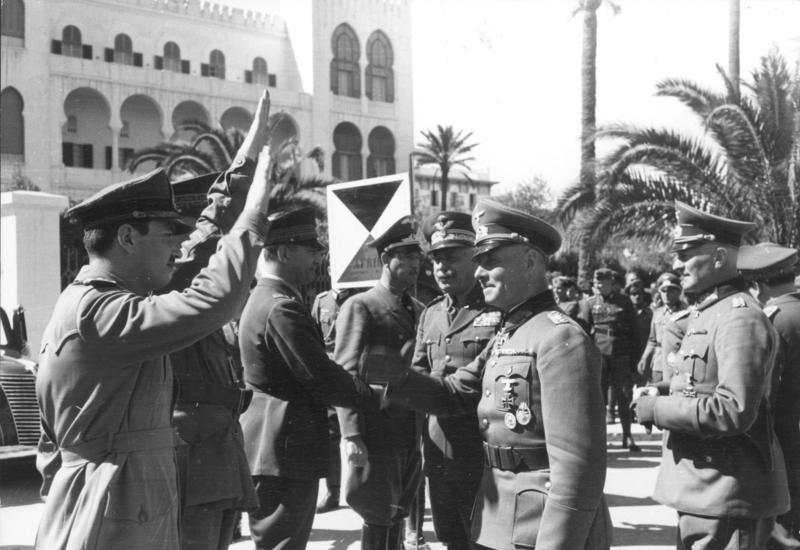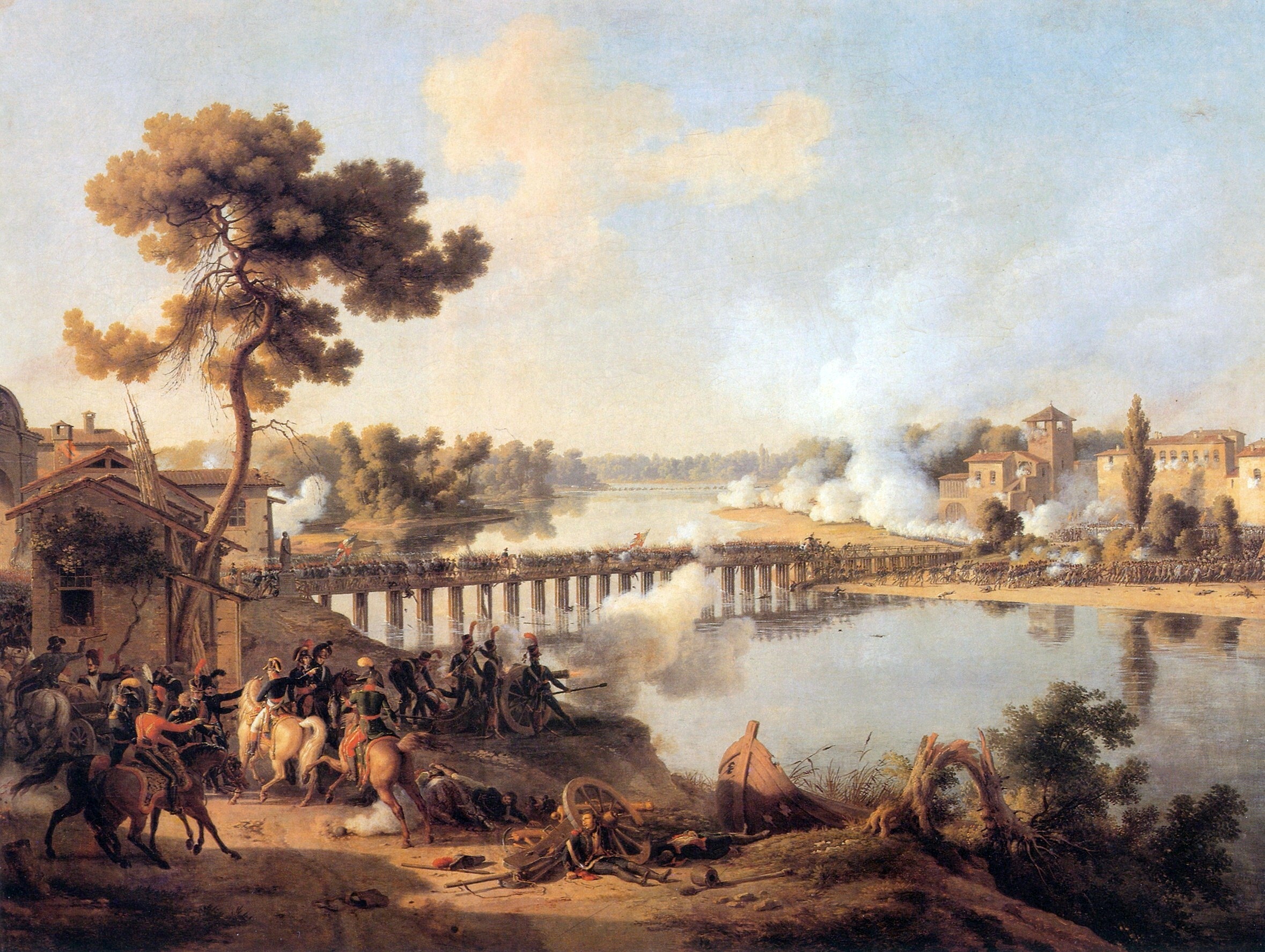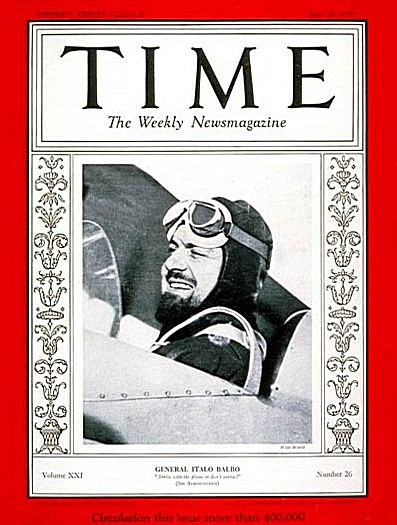|
Italo Gariboldi
Italo Gariboldi (20 April 1879 – 3 February 1970) was an Italian senior officer in the Royal Army (''Regio Esercito'') before and during World War II. He was awarded the Knight's Cross of the Iron Cross by German dictator Adolf Hitler for his leadership of Italian forces in the Battle of Stalingrad.Adolf Hitler, Max Domarus (ed). ''Hitler: Speeches and proclamations, 1932-1945''. Bolchazy-Carducci, 2004. P. 2777. Biography Gariboldi was born in Lodi, Lombardy. From the end of World War I and through the interwar Period, Gariboldi rose in the ranks and held various staff, regimental, and brigade level commands. Abyssinia In 1935, Gariboldi commanded the 30th Infantry Division "Sabauda" on the northern front during the Second Italo-Abyssinian War. His division was part of the I Corps based in Eritrea. After Italy defeated Ethiopia (Abyssinia) in May 1936, Eritrea, Abyssinia, and Italian Somaliland were joined to form the colony of Italian East Africa on 1 June 1936. North Afri ... [...More Info...] [...Related Items...] OR: [Wikipedia] [Google] [Baidu] |
Lodi, Lombardy
Lodi ( , ; Ludesan: ) is a city and ''comune'' in Lombardy, northern Italy, primarily on the western bank of the River Adda. It is the capital of the province of Lodi. History Lodi was a Celtic village; in Roman times it was called, in Latin, Laus Pompeia (probably in honour of the consul Gnaeus Pompeius Strabo) and was known also because its position allowed many Gauls of ''Gallia Cisalpina'' to obtain Roman citizenship. It was in an important position where a vital Roman road crossed the River Adda. Lodi became the see of a diocese in the 3rd century. Saint Bassianus (San Bassiano) is the patron saint of the town. A free commune around 1000, it fiercely resisted the Milanese, who destroyed it in 1111. The old town corresponds to the modern Lodi Vecchio. Frederick Barbarossa rebuilt it on its current location in 1158. From 1220, the ''Lodigiani'' (inhabitants of Lodi) spent decades in constructing a system of miles of artificial rivers and channels (called ''Consorzio di M ... [...More Info...] [...Related Items...] OR: [Wikipedia] [Google] [Baidu] |
Regio Esercito (World War II)
This article is about the Royal Italian Army (''Regio Esercito'') which participated in the Second World War. The Royal Italian Army was reformed in 1861 and existed until 1946. The Royal Army started with the unification of Italy (''Risorgimento'') and the formation of the Kingdom of Italy (''Regno d'Italia''). It ended with the dissolution of the monarchy. The Royal Army was preceded by the individual armies of the independent Italian states and was followed by the Italian Army (''Esercito Italiano'') of the Italian Republic (''Repubblica Italiana''). Organization The Italian Army of World War II was a "Royal" army. The nominal Commander-in-Chief of the Italian Royal Army was His Majesty King Vittorio Emanuele III. As Commander-in-Chief of all Italian armed forces, Vittorio Emanuele also commanded the Royal Air Force (''Regia Aeronautica'') and the Royal Navy (''Regia Marina''). However, in reality, most of the King's military responsibilities were assumed by the Italia ... [...More Info...] [...Related Items...] OR: [Wikipedia] [Google] [Baidu] |
Italo Balbo
Italo Balbo (6 June 1896 – 28 June 1940) was an Italian fascist politician and Blackshirts' leader who served as Italy's Marshal of the Air Force, Governor-General of Libya and Commander-in-Chief of Italian North Africa. Due to his young age, he was sometimes seen as a possible successor of dictator Benito Mussolini. After serving in World War I, Balbo became the leading Fascist organizer in his home region of Ferrara. He was one of the four principal architects (''Quadrumviri del Fascismo'') of the March on Rome that brought Mussolini and the Fascists to power in 1922, along with Michele Bianchi, Emilio De Bono and Cesare Maria De Vecchi. In 1926, he began the task of building the Italian Royal Air Force and took a leading role in popularizing aviation in Italy, and promoting Italian aviation to the world. In 1933, perhaps to relieve tensions surrounding him in Italy, he was given the government of Italian Libya, where he resided for the remainder of his life. Balbo, ... [...More Info...] [...Related Items...] OR: [Wikipedia] [Google] [Baidu] |
Bundesarchiv Bild 101I-424-0258-32, Tripolis, Ankunft DAK, Rommel
, type = Archive , seal = , seal_size = , seal_caption = , seal_alt = , logo = Bundesarchiv-Logo.svg , logo_size = , logo_caption = , logo_alt = , image = Bundesarchiv Koblenz.jpg , image_caption = The Federal Archives in Koblenz , image_alt = , formed = , preceding1 = , preceding2 = , dissolved = , superseding1 = , superseding2 = , agency_type = , jurisdiction = , status = Active , headquarters = PotsdamerStraße156075Koblenz , coordinates = , motto = , employees = , budget = million () , chief1_name = Michael Hollmann , chief1_position = President of the Federal Archives , chief2_name = Dr. Andrea Hänger , chief2_position ... [...More Info...] [...Related Items...] OR: [Wikipedia] [Google] [Baidu] |
Italian East Africa
Italian East Africa ( it, Africa Orientale Italiana, AOI) was an Italian colony in the Horn of Africa. It was formed in 1936 through the merger of Italian Somalia, Italian Eritrea, and the newly occupied Ethiopian Empire, conquered in the Second Italo-Ethiopian War. Italian East Africa was divided into six governorates. Eritrea and Somalia, Italian possessions since the 1880s, were enlarged with captured Ethiopian territory and became the Eritrea and Somalia Governorates. The remainder of "Italian Ethiopia" consisted the Harar, Galla-Sidamo, Amhara, and Scioa Governorates. Fascist colonial policy had a divide and conquer characteristic, and favoured the Oromos, the Somalis and other Muslims in an attempt to weaken their ties to the Amharas who had been the ruling ethnic group in the Ethiopian Empire. During the Second World War, Italian East Africa was occupied by a British-led force including colonial units and Ethiopian guerrillas in November 1941. After the war, I ... [...More Info...] [...Related Items...] OR: [Wikipedia] [Google] [Baidu] |
Italian Somaliland
Italian Somalia ( it, Somalia Italiana; ar, الصومال الإيطالي, Al-Sumal Al-Italiy; so, Dhulka Talyaaniga ee Soomaalida), was a protectorate and later colony of the Kingdom of Italy in present-day Somalia. Ruled in the 19th century by the Somali Sultanates of Hobyo and Majeerteen in the north, and the Hiraab Imamate and Geledi Sultanate and the Biimaal Sultanate leading a resistance against the colonials in southern Somalia for decades. The territory was acquired in the 1880s by Italy through various treaties.Mariam Arif Gassem, ''Somalia: clan vs. nation'' (s.n.: 2002), p.4 In 1936, the region was integrated into Italian East Africa as the Somalia Governorate. This would last until Italy's loss of the region in 1941, during the East African campaign of World War II. Italian Somalia then came under British military administration until 1950, when it became a United Nations trusteeship, the Trust Territory of Somalia under Italian administration. On 1 July 196 ... [...More Info...] [...Related Items...] OR: [Wikipedia] [Google] [Baidu] |
Ethiopia
Ethiopia, , om, Itiyoophiyaa, so, Itoobiya, ti, ኢትዮጵያ, Ítiyop'iya, aa, Itiyoppiya officially the Federal Democratic Republic of Ethiopia, is a landlocked country in the Horn of Africa. It shares borders with Eritrea to the north, Djibouti to the northeast, Somalia to the east and northeast, Kenya to the south, South Sudan to the west, and Sudan to the northwest. Ethiopia has a total area of . As of 2022, it is home to around 113.5 million inhabitants, making it the 13th-most populous country in the world and the 2nd-most populous in Africa after Nigeria. The national capital and largest city, Addis Ababa, lies several kilometres west of the East African Rift that splits the country into the African and Somali tectonic plates. Anatomically modern humans emerged from modern-day Ethiopia and set out to the Near East and elsewhere in the Middle Paleolithic period. Southwestern Ethiopia has been proposed as a possible homeland of the Afroasiatic langua ... [...More Info...] [...Related Items...] OR: [Wikipedia] [Google] [Baidu] |
Eritrea
Eritrea ( ; ti, ኤርትራ, Ertra, ; ar, إرتريا, ʾIritriyā), officially the State of Eritrea, is a country in the Horn of Africa region of Eastern Africa, with its capital and largest city at Asmara. It is bordered by Ethiopia in the south, Sudan in the west, and Djibouti in the southeast. The northeastern and eastern parts of Eritrea have an extensive coastline along the Red Sea. The nation has a total area of approximately , and includes the Dahlak Archipelago and several of the Hanish Islands. Human remains found in Eritrea have been dated to 1 million years old and anthropological research indicates that the area may contain significant records related to the evolution of humans. Contemporary Eritrea is a multi-ethnic country with nine recognised ethnic groups. Nine different languages are spoken by the nine recognised ethnic groups, the most widely spoken language being Tigrinya, the others being Tigre, Saho, Kunama, Nara, Afar, Beja, Bilen and Ar ... [...More Info...] [...Related Items...] OR: [Wikipedia] [Google] [Baidu] |
Second Italo-Abyssinian War
The Second Italo-Ethiopian War, also referred to as the Second Italo-Abyssinian War, was a war of aggression which was fought between Italy and Ethiopia from October 1935 to February 1937. In Ethiopia it is often referred to simply as the Italian Invasion ( am, ጣልያን ወረራ), and in Italy as the Ethiopian War ( it, Guerra d'Etiopia). It is seen as an example of the expansionist policy that characterized the Axis powers and the ineffectiveness of the League of Nations before the outbreak of the Second World War. On 3 October 1935, two hundred thousand soldiers of the Italian Army commanded by Marshal Emilio De Bono attacked from Eritrea (then an Italian colonial possession) without prior declaration of war. At the same time a minor force under General Rodolfo Graziani attacked from Italian Somalia. On 6 October, Adwa was conquered, a symbolic place for the Italian army because of the defeat at the Battle of Adwa by the Ethiopian army during the First Italo-Ethiopian Wa ... [...More Info...] [...Related Items...] OR: [Wikipedia] [Google] [Baidu] |
30th Infantry Division Sabauda
3 (three) is a number, numeral and digit. It is the natural number following 2 and preceding 4, and is the smallest odd prime number and the only prime preceding a square number. It has religious or cultural significance in many societies. Evolution of the Arabic digit The use of three lines to denote the number 3 occurred in many writing systems, including some (like Roman and Chinese numerals) that are still in use. That was also the original representation of 3 in the Brahmic (Indian) numerical notation, its earliest forms aligned vertically. However, during the Gupta Empire the sign was modified by the addition of a curve on each line. The Nāgarī script rotated the lines clockwise, so they appeared horizontally, and ended each line with a short downward stroke on the right. In cursive script, the three strokes were eventually connected to form a glyph resembling a with an additional stroke at the bottom: ३. The Indian digits spread to the Caliphate in the 9th ... [...More Info...] [...Related Items...] OR: [Wikipedia] [Google] [Baidu] |
Interwar Period
In the history of the 20th century, the interwar period lasted from 11 November 1918 to 1 September 1939 (20 years, 9 months, 21 days), the end of the World War I, First World War to the beginning of the World War II, Second World War. The interwar period was relatively short, yet featured many significant social, political, and economic changes throughout the world. Petroleum-based energy production and associated mechanisation led to the prosperous Roaring Twenties, a time of both social mobility and economic mobility for the middle class. Automobiles, electric lighting, radio, and more became common among populations in the developed world. The indulgences of the era subsequently were followed by the Great Depression, an unprecedented worldwide economic downturn that severely damaged many of the world's largest economies. Politically, the era coincided with the rise of communism, starting in Russia with the October Revolution and Russian Civil War, at the end of World War I ... [...More Info...] [...Related Items...] OR: [Wikipedia] [Google] [Baidu] |




